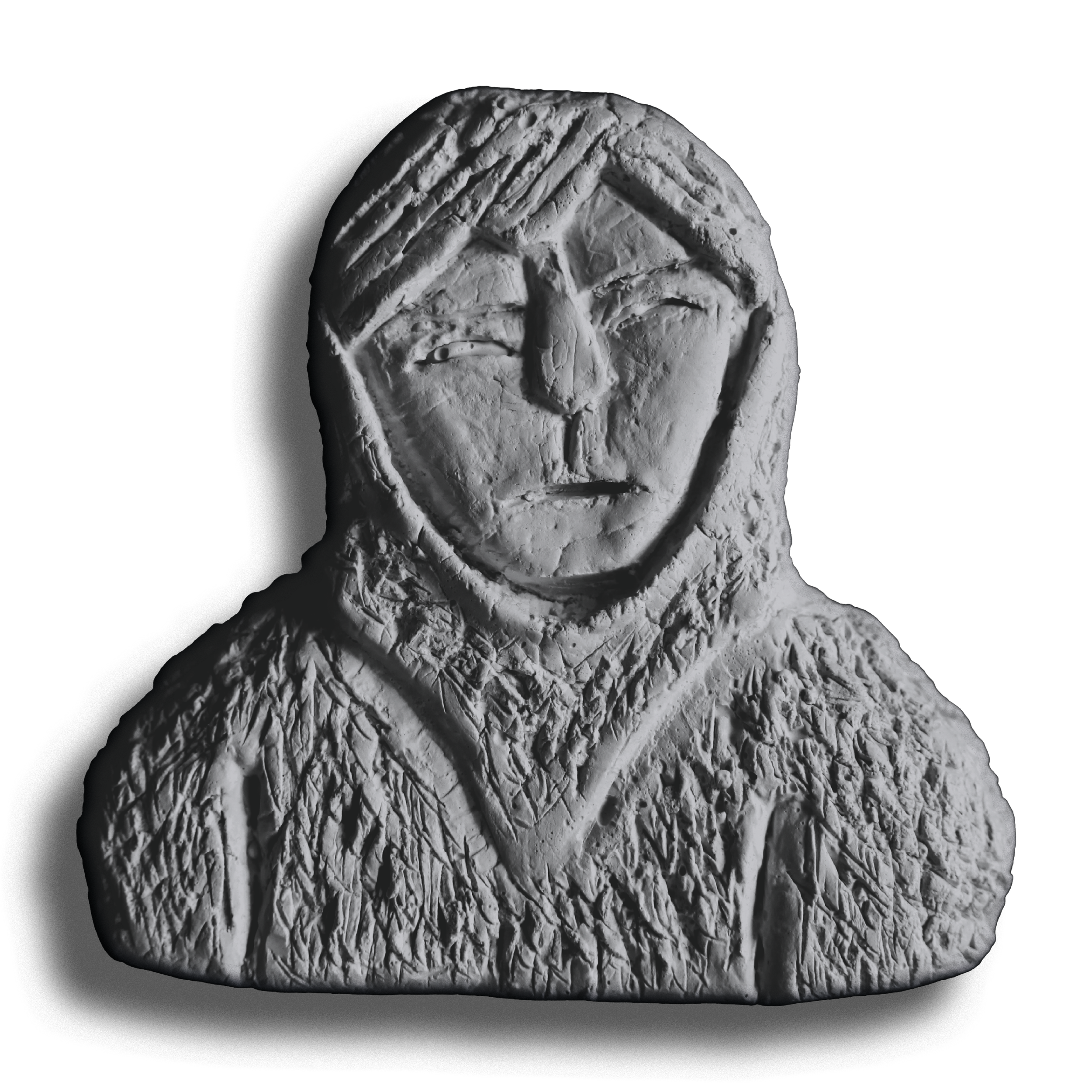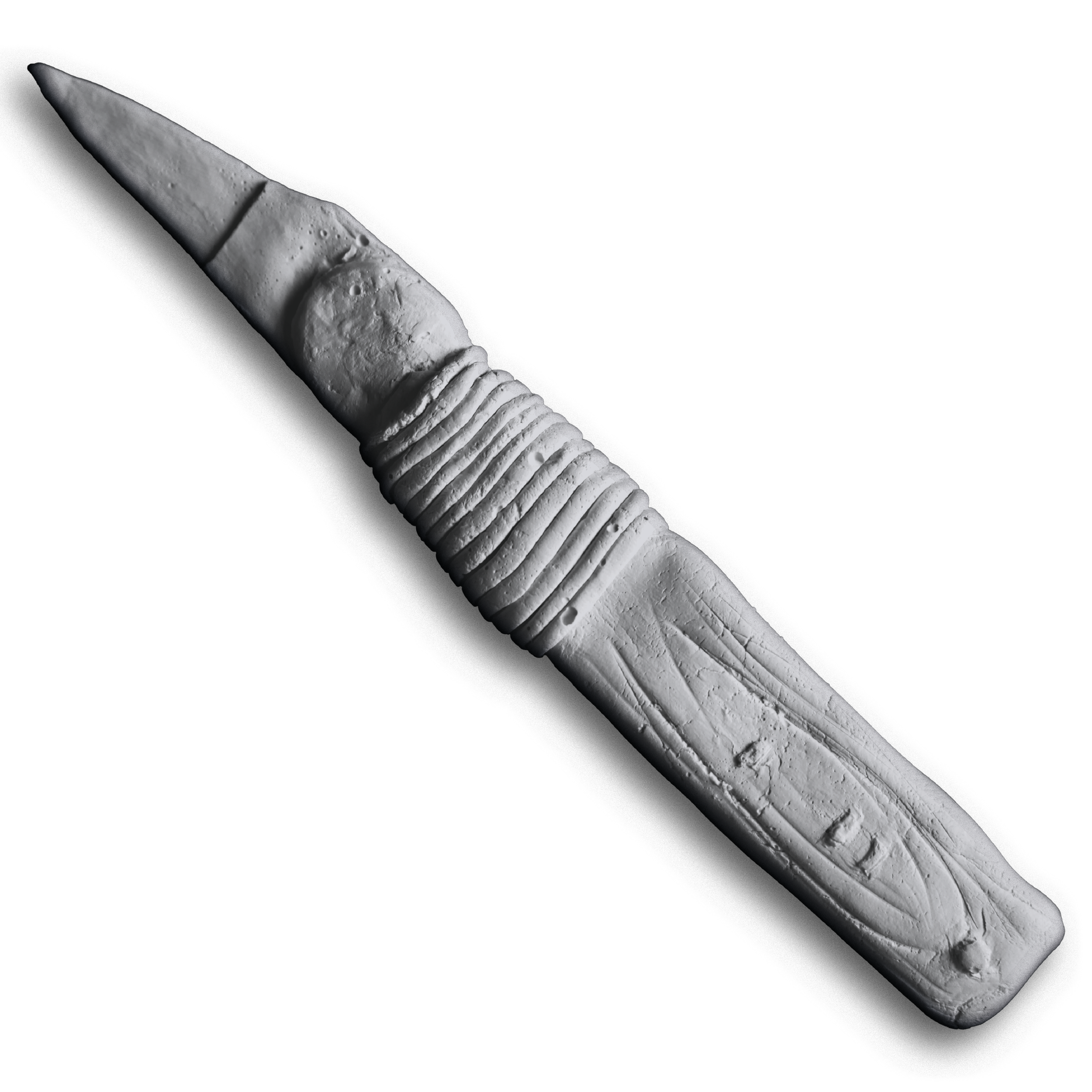Sanselinjen.
Concept for a tactile & interactive Museum exhibition / 2024.
// collaboration with SUMH.
Sanselinjen is a concept exploring how we can curate museum exhibitions through interaction and multisensory storytelling. The idea is to guide visitors on a journey that connects the entire exhibition, based on tactile & sound interaction, making it accessible, inclusive, and memorable for everyone.
The Sensory Line is a tactile pathway of raised dots on the floor, leading visitors through the exhibition creating a guided storyline.
Along the way, they encounter tactile sensory points where stories come alive through touch, sound, and exploration.
My Work:
Layout & graphics, concept development, Construction of tactile objects & prototype, recording and producing soundscape.
The case.
-
SUMH is an umbrella organization run by and for young people with disabilities, working to ensure that all can live the youth life they want. Within this framework, each student defined their own focus, either addressing accessibility broadly or targeting a specific disability.
-
I chose to explore how museums could become more inclusive for people with visual impairments. Because museums rely heavily on visual communication, they often unintentionally exclude blind and visually impaired visitors.
-
As a case study, I selected the Greenland Exhibition at the National History Museum, a traditional display of artifacts behind glass with little contextual information. While visually accessible, it leaves little room for storytelling, and for visually impaired visitors, it becomes an exhibition, and a story, they cannot experience.
7 senses.
-
These senses shape how we experience and navigate the world, yet many people live with one or more that are impaired.
When public spaces and cultural experiences, like museums, are designed mainly for sight, they exclude those who cannot rely on all seven senses. This is a problem, as museums preserve our history and culture and tell the story of who we are, stories that should be accessible to everyone.
The icon communicates a multisensory approach, signaling that the exhibition is curated to engage more than just vision.

Sensory Points.
-
Each sensory point features a panel with replicas of selected museum objects. Interacting with these objects activates a soundscape that explains their story and significance.
This approach allows visitors to explore historical artifacts, normally locked away behind glass, through both touch and sound. Multiple sensory points are placed along the route, guided by a tactile path on the floor.

The prototype.
In my prototype for a Sensory Point, visitors are guided through three chapters telling the story of Greenland: Exploration, Guiding Spirits, and Everyday Life.
-
At the center of the experience is a long board that begins with the icon of seven tactile dots, leading the hand across three groups of tactile objects. A camera above the board tracks hand movements and registers when the visitor enters each area.
Starting at the icon, a narrator introduces the sensory point and its story. As the hand follows the tactile path and enters each group of objects, a soundscape is activated, narrating their story while they are explored through touch. When one chapter ends, the visitor is guided naturally to the next group and the next part of the narrative.
Physical design and material.
-
The panel itself is dark to create contrast, highlighting the objects as points of interest. The objects are made from solid white plaster, giving them both the clean aesthetic of a museum artifact and a pleasant tactile quality when touched.
Listen to the story:
© Alexander Wilstrup 2025. All rights reserved.









